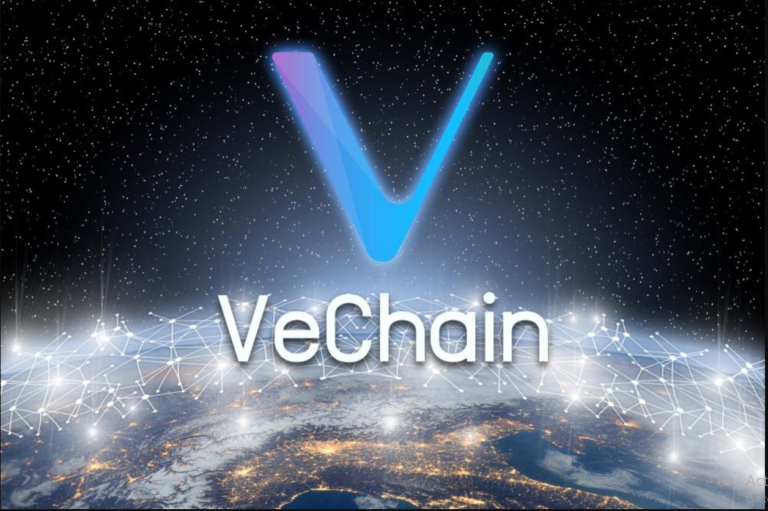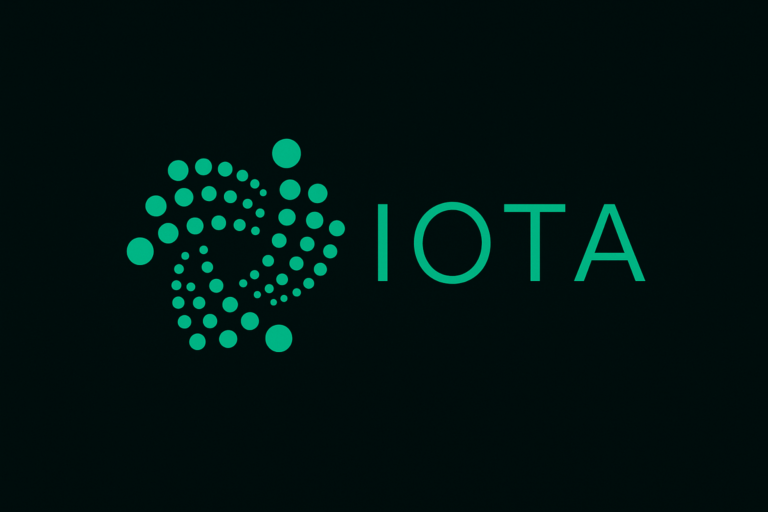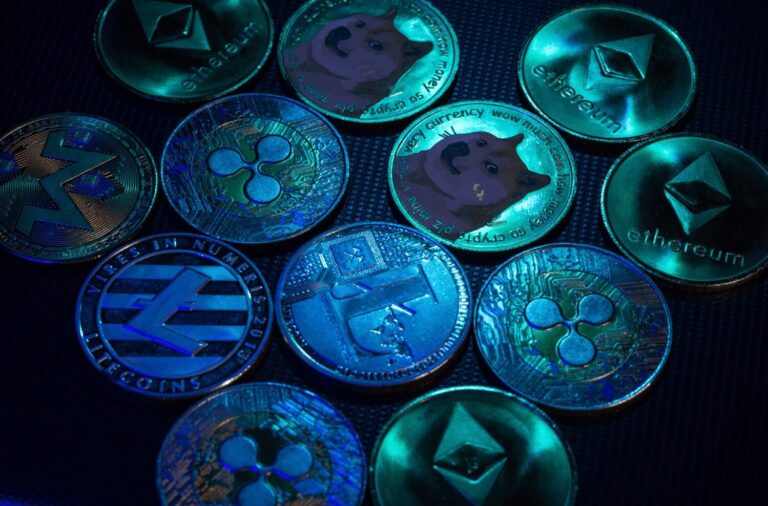
Hyperliquid Labs is taking bold steps to engage directly with U.S. regulators, aiming to align its decentralized finance (DeFi) protocols with regulatory expectations. Recently, the company submitted detailed comment letters to the Commodity Futures Trading Commission (CFTC), addressing key concerns around perpetual derivatives and continuous 24/7 trading. This proactive regulatory outreach coincides with the HYPE token reaching an all-time high of $35.9, highlighting a period of rapid growth and increasing market attention.
Navigating Regulatory Waters: Hyperliquid’s Strategy
Hyperliquid’s engagement with the CFTC is a deliberate attempt to showcase how decentralized platforms can operate within evolving regulatory frameworks without compromising on innovation or user safeguards. Their submissions respond to the CFTC’s request for feedback on perpetual derivative contracts and the feasibility of continuous trading.
One of the key points in Hyperliquid’s letters is its operational model supporting 24/7 trading—something traditional financial markets often struggle with due to banking system limitations. The platform achieves uninterrupted liquidity through a system of pre-funded collateral pools, which removes dependency on traditional financial institutions. This design ensures that trades can be settled instantly and efficiently at any time, reinforcing market stability.
Moreover, Hyperliquid’s automated liquidation mechanism continuously evaluates margin requirements in real-time, recalibrating positions as prices update. This addresses some regulatory concerns about risk management and investor protection, providing a dynamic system that adapts to market conditions automatically.
When it comes to perpetual derivatives, Hyperliquid advocates for a principles-based regulatory approach. Rather than imposing rigid classifications that could stifle innovation, the company argues for a framework that prioritizes risk management and consumer protection while allowing new financial products to flourish on-chain.
This regulatory dialogue signals Hyperliquid’s commitment to working constructively with authorities, helping to shape the future of DeFi regulation in the U.S. They are positioning themselves as a bridge between traditional finance and the new decentralized economy.
HYPE Token’s Meteoric Rise
Coinciding with these regulatory efforts, the HYPE token is on a strong upward trajectory, hitting a new all-time high at $35.9. The token has experienced impressive gains: up 14.1% in the last 24 hours, 31.3% over the past week, and a remarkable 84.4% in the last month. This surge reflects increasing institutional interest and bullish sentiment around the platform’s potential.
Among the notable supporters is Arthur Hayes, former CEO of BitMEX, who has been vocal about his optimism for HYPE. Hayes made headlines by purchasing $2 million worth of HYPE tokens when the price was about $14.6, and he continues to predict the token could hit $100 in the near future. Hayes’ confidence is seen by many as a strong endorsement of Hyperliquid’s potential in the DeFi space.
Whale’s Pain Amid HYPE Rally
Not all market participants have benefited from HYPE’s rally. A significant whale trader who bet against HYPE through short positions on Hyperliquid has faced massive losses. Data from blockchain analytics platform Lookonchain shows this investor, known by wallet 0x20B1, accumulated over 30 million USDC to maintain short exposure with 5x leverage.
However, as HYPE’s price surged, the whale was forced to close their short positions at a loss exceeding $23.5 million, retaining less than $7 million of their initial capital. This event highlights the volatility and risk inherent in leveraged trading, especially in fast-moving DeFi markets.
Looking Ahead: Hyperliquid’s Future Prospects
Analysts see parallels between HYPE’s recent price action and the early growth of projects like Solana in 2021. While Solana’s expansion was boosted by partnerships with centralized players such as FTX, Hyperliquid differentiates itself as a fully on-chain perpetual exchange, featuring products like HyperCore and HyperEVM.
Notably, about 97% of Hyperliquid’s revenue is redistributed to token holders, emphasizing a strong community incentive model. This could prove attractive as more investors seek exposure to DeFi projects that align user and platform success closely.
In summary, Hyperliquid’s regulatory engagement combined with its token’s impressive price performance paints a picture of a platform striving to balance innovation, compliance, and market growth. As the DeFi ecosystem evolves, Hyperliquid’s efforts could position it well to lead in a new era of decentralized perpetual trading—one that might soon meet the scrutiny and standards of mainstream financial regulators.




